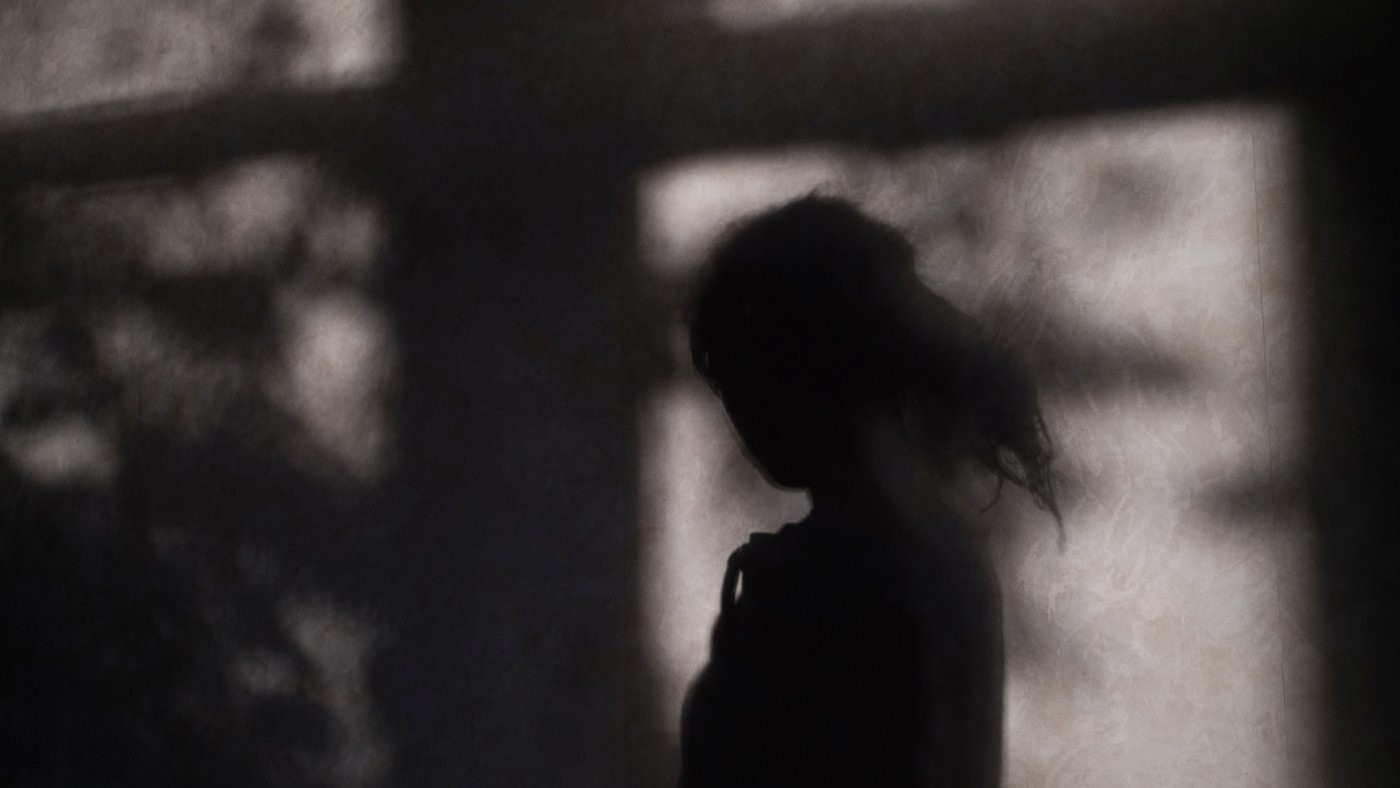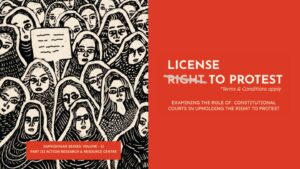This article was originally published on Article 14 website. It can be accessed here. It is based on pilot research conducted by Part III, focusing on six Tier II One Stop Centres (OSCs) operating within Delhi’s courts. The research was prompted by our search for medical and rehabilitation support for a trafficking survivor we were representing in court. When we learned that OSCs were located in courts, we attempted to find one. After failing to do so, we decided to investigate further.
As part of our research, we visited four of the six centres and submitted RTI applications to the DLSA in October 2023. The responses we received in November 2023 from the Delhi District Legal Service Authority’s (DLSA) branches at five district courts in Delhi (with no reply from Dwarka Court) corroborated our findings: while the OSCs were listed on the DLSA’s website, they were largely inactive—either deserted or non-existent. The RTI responses from the Department of Women & Child Development, Government of NCT of Delhi, as well as those from the DLSAs of South-East, Shahdara, New Delhi, North-West, North-East, South, West, and North districts, are included with this post.
The Delhi gangrape of 2012 shocked India, contributed to the fall of a government and led to the establishment of 733 centres meant to help women who had been abused or attacked. In 2019, the Supreme Court listed what these centres should have: from medical and legal help to air conditioning and video conferencing. Instead, a visit to four of six centres in Delhi’s courts, India’s most unsafe city for women, and right-to-information queries revealed centres not doing what they were meant to do.
Written by: Krishna Sharma & Mangla Verma
There should have been a dedicated reception area, air conditioning, counsellors, a courtroom, video-conferencing equipment and a sign indicating that this was a “one stop centre” to aid victims of rape, sexual assault and related crimes in India’s most dangerous city for women.
We found none of these when a staff member guided us to an unmarked, deserted room in the city’s largest court complex of Karkardooma on a warm morning in the teeming northeast Delhi district of Shahdara.
The room meant for counsellors, supposed to be the first point of State contact for traumatised women, was empty because no counsellors had been appointed to this one stop centre, or OSC since it was established.
No women visited, and even if they did, they would never find the centre because there were no sign boards or other evidence that it existed, except for a listing on a government website.
OSCs were vital infrastructure first suggested by a judicial commission in 2013, after a horrific gang rape drew attention to the unsafe nature of the national capital territory of Delhi—which then and since has remained as dangerous—and contributed to the eventual demise of then Prime Minister Manmohan Singh’s government (see here and here).
Since 2013, the union government has set aside about Rs 1,000 crore per year for what is called the Nirbhaya Fund. By 2023, the fund should have garnered about Rs 10,000 crore, about 70% of which has been spent on infrastructure and legal and medical support to women and child victims of crimes, including fast-track courts, CCTVs and better lighting and OSCs, the Vidhi Centre for Legal Policy, a think tank, reported in August 2022.
At the Patiala House, Tis Hazari and Saket courts, three other court complexes in Delhi that we visited, of six citywide, the search for OSCs was easier—there weren’t any.
Yet, the website of the Delhi Legal Services Authority (DLSA), an agency under the administrative control of the Delhi High Court, lists addresses of these non-existent OSCs in the district courts of Delhi.
RTI Requests Reveal A Faltering Scheme
To cross-check our findings, we filed right-to-information requests with the DLSA in October 2023. The responses we received in November 2023 from DLSA branches of five of Delhi’s district courts (Dwarka Court did not reply) confirmed what we saw during our visits to four of them: that the OSCs were of limited to no use.
In the Karkardooma court, confirming the deserted OSC we encountered, the RTI data from the Shahadara and Northeast districts reported no women were provided assistance.
The RTI responses we received from the five courts said there were no separate panels of legal aid lawyers or counsellors attached to the OSCs. There was no response about DLSA project officers who were supposed to be running these OSCs.
Over five years, only 271 women and 76 children were assisted in what are called “Tier 2” OSCs in court complexes, according to the RTI responses. “Tier 1” OSCs, located in notified or government hospitals, are supposed to provide medical treatment to victims in need.
Those numbers indicate how the OSCs are not doing what they were supposed to, even as various reports indicate that much of the other infrastructure supposed to be set up after the 2012 gangrape to make Delhi safer for women is sketchy or does not exist.
Meanwhile, the latest data reveal that Delhi retains its moniker as India’s most unsafe city for women.
3 Rapes A Day: Latest Data
In 2022, the national capital territory of Delhi recorded 14,247 crimes against women—including 1,212 sexual assaults and three rapes every day—or 31% of such crimes nationwide, according to the latest data released on 3 December 2023 by the National Crime Records Bureau (NCRB).
Delhi’s crime rate, or the number of crimes per 100,000 women, in 2022, according to the NCRB, was 144, more than double the national rate of 66 and the highest in India, not very different from the 147 reported in 2013, a year after the gangrape of 16 December 2012 that shook India.
Six days after the 2012 gangrape, the union government appointed a judicial committee headed by J S Verma, a former judge of the Supreme Court, to suggest amendments to criminal law to address sexual assault more effectively.
The report by the committee, which included retired Delhi High Court chief justice Leila Seth and advocate Gopal Subramaniam, led to amendments to criminal law in 2013. The State also appointed a commission to identify lapses and suggest how the safety and security of women could be improved.
One of the key recommendations of the Justice (Retd.) Usha Mehra Commission in 2013 was to establish OSCs at notified hospitals to provide shelter, police assistance, legal aid, medical treatment, and counselling services to victims of violence under one roof, integrated with a 24-hour Helpline.
In 2013, the union government also set up the Nirbhaya Fund, a corpus administered by the department of economic affairs in the ministry of finance, to fund projects to improve the safety and security of women nationwide. Currently, the Nirbhaya fund covers about 42 projects and schemes across multiple ministries; three projects, the Safe City project, and setting up fast-track courts and OSCs, have cleared about 64% of the Fund.
In 2015, the Ministry of Women and Child Development designed a federally sponsored programme to set OSCs as part of the National Mission for Empowerment of Women (now called “Mission Shakti”). OSCs are meant to be established nationwide to provide, as we said, to support and assist, under one roof, women affected by violence, both in private and public spaces.
The programme began on 1 April 2015, and, according to what is called the “Sakhi Dashboard,” of 801 approved OSCs, 733 are currently in operation, including 11 in Delhi, called Sakhi One Stop Centres.
Widespread Lapses Nationwide
As early as November 2017 and regularly since, reports emerged of the Nirbhaya Fund remaining under-used and OSCs not doing what they were meant to (here, here, here, here and here).
In 2017 investigation by Human Rights Watch, a global advocacy, into 21 cases found that a “lack of coordination between the various relevant departments and ministries” and public awareness had reduced these centres to providing marital counselling.
In June 2023, the Indian Express reported that, on average, out of every 110 registered rape cases in Mumbai, only one was referred to an OSC.
In November 2019, Delhi’s first OSC for victims of sexual assault and physical violence opened at the Institute of Human Behaviour and Allied Sciences (IHBAS), a research institute, with 10 more added since then.
Over nearly eight years, between 2015 and July 2023, more than 15,000 women received assistance at Delhi’s OSCs, with numbers rising every year, according to data published by the Union Ministry of Women and Child Development.
What Help Centres Are Meant To Do
The Delhi government has a “standard operating procedure” or instructions for OSCs, with the first tier in hospitals and the second tier in court complexes.
These procedures say OSCs in Delhi must provide assistance to victims of a range of offences, including rape, acid attack and sexual or physical violence against women and children in domestic or public spaces, as defined by The Protection of Women from Domestic Violence Act 2005 and the Protection of Child from Sexual Offences Act 2012.
Tier 2 OSCs were meant to be established and operated from Delhi’s six court complexes. These were some of the OSCs we visited and about whose workings we filed RTIs.
Tier 2 OSCs are supposed to be staffed by a legal services advocate or counsellor of the DLSA and run by a project officer. Every victim of a crime is meant to be assigned with a legal services advocate, who must be with the victim when a magistrate records her statement.
Each OSC is meant to have a special room, where victims will be counselled, have statements recorded before a magistrate, and a waiting area.
Missing OSCs & Hidden Details
We found no Tier 2 OSCs functioning in the Patiala House, Tis Hazari and Saket Court complexes of Delhi, as we said.
In the Patiala House courts, a staff member of the New Delhi district DLSA office told us that the OSC was shut down in 2022 because very few victims had been coming to the centre.
Similarly, we were told that there are no OSCs in the Saket court complex, which holds jurisdiction over Delhi’s south and southeast districts. In the west district DLSA office in Tis Hazari court complex, the lawyer and staff supposed to help women hit by sexual assault or other violence seemed unaware of an OSC there.
The staff in the central district DLSA office in the Tis Hazari court complex said they referred victims to the OSC in the LNJP Hospital.
The Karkardooma district court, where we found physical evidence but no victims, staff or signs, has the most extensive jurisdiction of Delhi, covering three districts, Shahdara, east and northeast.
In October 2023, one of us, Krishna Sharma, filed another RTI query with the Delhi department of women and child development asking how much money the union government had paid to run OSCs between 2017 and 2022 and how much had been spent.
The department filed a limited response and did not answer the question, except to say no money was received in 2022, and Rs 1.84 crore was received between April to September 2023.
Our findings from India’s capital reveal how a 2019 Supreme Court judgement, which provided a blueprint for expanding OSCs, is not being paid the attention it should.
Ignoring The Supreme Court
In a landmark judgement called Nipun Saxena vs Union of India & Ors (2019) 2 SCC 703, the Supreme Court observed that “it would be in the interest of children and women and in the interest of justice if One Stop Centres are also set up in all the districts of the country as early as possible”.
OSCs, the Supreme Court said, “can be used as a central police station where all crimes against women and children in the town/city are registered”. They should have “well-trained staff who are sensitive to the needs of children and women who have undergone sexual abuse”.
Such staff should be given “adequate training to ensure that they talk to the victims compassionately and sensitively”, said the Supreme Court, as it laid the granular details of OSC staffing and physical support.
“Counsellors and psychiatrists should also be available on call at these centres so that, if necessary, the victims are counselled. In some cases, it would be appropriate if the counsellors question the victims in a manner in which they have been trained to handle the victims of such offences,” said the Supreme Court.
The judges said OSCs should have medical facilities to provide “immediate” medical aid and medical examination; and video-conferencing to record victim statements so they did not have to be taken before magistrates in courts.
Indeed, the Supreme Court said OSCs should have a courtroom for the trials, and “as far as possible”, should not be situated within the court complex but near enough so lawyers were not inconvenienced.
“Resultantly (sic), the victims of such offences will never have to go to a court complex, which would result in a victim-friendly trial,” said the Supreme Court.
Failing, Flailing
In November 2019, the One Stop Centres, also known as Sakhi Centres, were established in Delhi to provide comprehensive support and assistance to women who have been affected by violence and distress, whether in private or public spaces. The centres aim to offer all necessary services, such as medical, legal, counsellor and police, under one roof.
But it is obvious they are not doing what they were meant to because of a lack of awareness, inadequate infrastructure, lack of coordination between departments and the apathy of police and doctors, as our visits and RTI responses suggest.
We believe the significance of OSCs cannot be understated, as these centres were envisioned to provide comprehensive care and support to women in distress across the country.
Unless they work in a manner that is efficient, equitable, and beneficial to the women who require their services, they will be of little use, as our investigations show. To begin with, it would be useful for the Delhi government to provide or release accurate data and ensure OSCs are open and working as they were meant to be.
At the Saket Court complex, where we found no OSC, the RTI response we received said 117 women were assisted there between 2017 to June 2022.
The latest NCRB data show that there are thousands of women who suffer domestic violence and require assistance in Delhi. Our RTI queries revealed that even in the New Delhi district, which reported the highest number of cases of women seeking assistance, between 2017 and 2022, no more than 62 women and 76 children got help in the OSC in the Patiala House court.
Yet, when we visited, a staff member at the New Delhi district DLSA office told us that the OSC had been closed since few women came there. The RTI response, which contained data until 2022, confirmed a decreasing trend of women and children seeking assistance over the previous years.
(Krishna Sharma is a practising lawyer in Delhi. Mangla Verma is a lawyer and founder of Part III Action Research and Resource Centre.)




